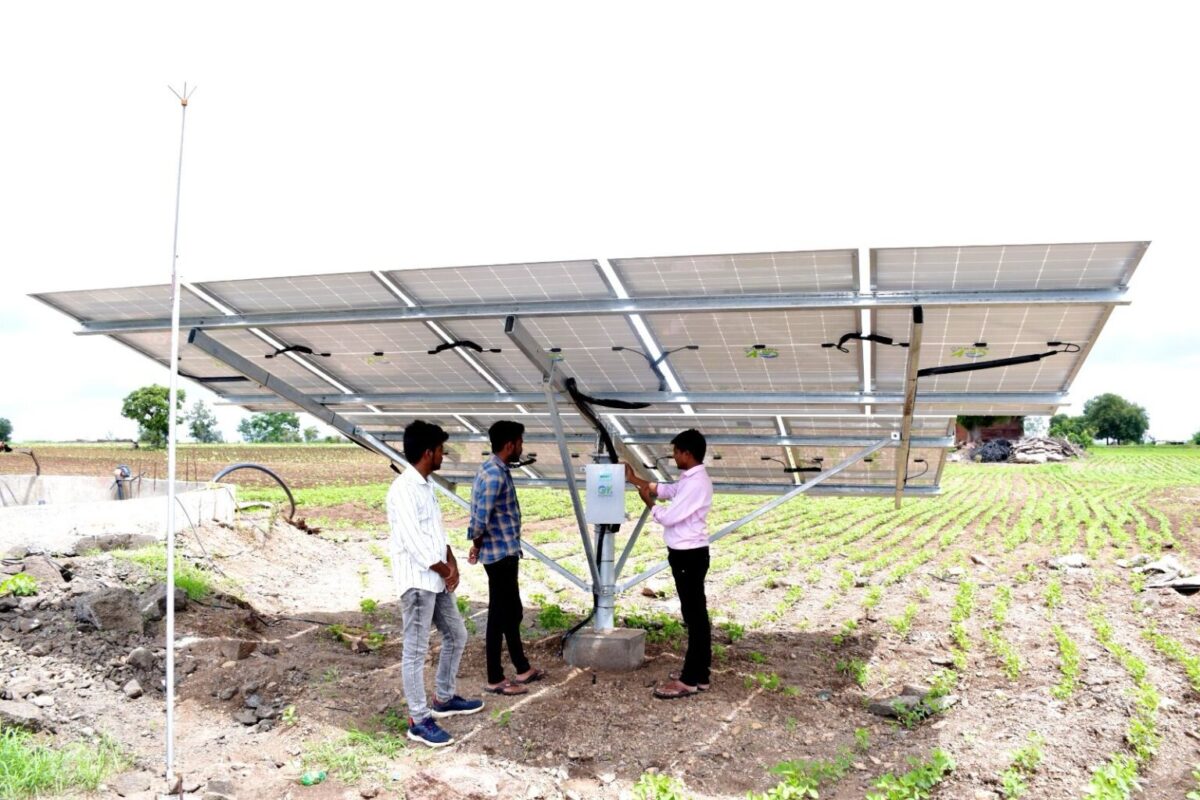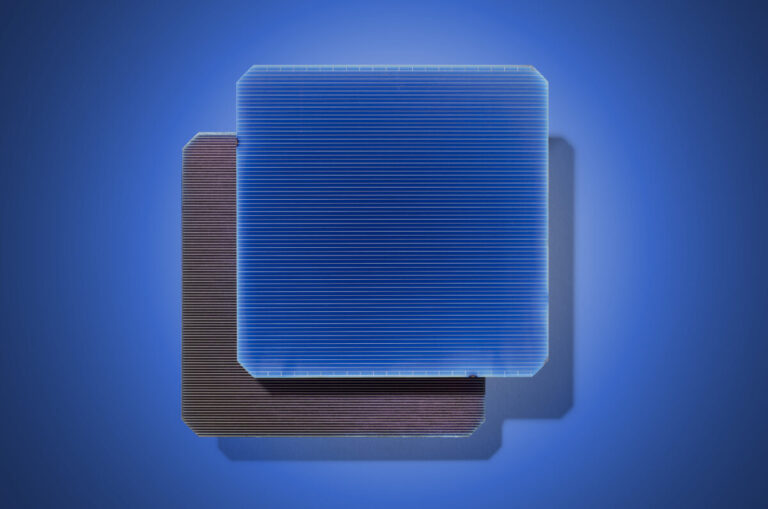A group consisting of scientists from the Institute for Solar Energy Research Hamelin (ISFH) and German PV equipment manufacturer Centrotherm has developed a POLO back-junction solar cell using an industrial plasma-enhanced chemical vapor deposition system (PECVD) with a low frequency plasma source. The device achieved slightly higher efficiency than a reference device fabricated via more expensive atomic layer deposition (ALD).
A group of researchers led by the German Institute for Solar Energy Research Hamelin (ISFH) has developed a n+-type polysilicon-on-oxide (POLO) back-junction solar cell with a stack of passivation layers based on aluminum oxide (AlOx) and silicon nitride (SiNj).
“Our study demonstrates for the first time effective industrial cleaning and passivation for the non-diffuse structured face with excellent passivation quality,” the study’s lead author Byungsul Min told pv magazine. Especially the AlOx/SiNj Passivation layer stack is manufactured with an industrial plasma improved chemical vapor deposition (PECVD) system with a low frequency (LF) plasma source that is much more cost effective than atomic layer deposition (ALD) systems or PECVD systems with a high frequency (HF) plasma source.”
The new cell technology was introduced in the article “24.2% efficient POLO back junction solar cell with an AlOX/Shamej dielectric stack of an industrial-scale direct plasma-enhanced chemical vapor deposition system”, published in Progress in photovoltaics. “Our results show a path for the industrialization of new cell concepts without front-end diffusion, such as our POLO solar cell with back junction, but it is also relevant for a mainstream concept such as TOPCon, which mainly uses the ALD system for their AlOx layer.”
The group built a 156.75 mm x 156.75 mm POLO cell using a gallium-doped Czochralski grown silicon wafer with a resistivity of 0.73 Ωcm. To deposit the AlOx layer, an industrial batch-type LF-PECVD system from German PV equipment manufacturer Centrotherm, whose researchers also contributed to the study, was used. “We then adjust the recipe by varying the thickness of the silicon oxide layer (SiO2) under the AlOx layer between 0 and 2 nm, the thickness of the AlOx layer between 5 and 15 nm, and the refractive index of the SiNy layer between them. 2.05 and 2.4,” the researchers explained.
They also built a reference device based on a textured gallium-doped Czochralski grown wafer with a resistivity of 0.9 Ωcm that was passivated with a 10 nm thick AlOx layer deposited by ALD and a SiN y layer. “After screen printing the aluminum grille on the front and the silver grille on the back, the samples are co-fired in a belt oven with peak temperatures between 800 C and 810 C,” they further explained.
Tested under standard lighting conditions, the POLO cell achieved an energy conversion efficiency of 24.2%, an open-circuit voltage of 725 mV, a short-circuit current density of 40.2 mA/cm2 and a fill factor of 83.0%, with the result being confirmed by ISFH CalTeC. The benchmark device achieved an efficiency of 24.1%, an open-circuit voltage of 725 mV, a short-circuit density of 39.9 mA/cm2 and a fill factor of 83.2%.
“The integration of this passivation sequence into our current process flow for POLO BJ solar cells has been successfully demonstrated with POLO BJ solar cells, which show even higher cell efficiencies than the reference manufactured with laboratory-scale processes,” the researchers concluded.
Image: Institute for Solar Energy Research Hamelin (ISFH)
This content is copyrighted and may not be reused. If you would like to collaborate with us and reuse some of our content, please contact: editors@pv-magazine.com.
Popular content



